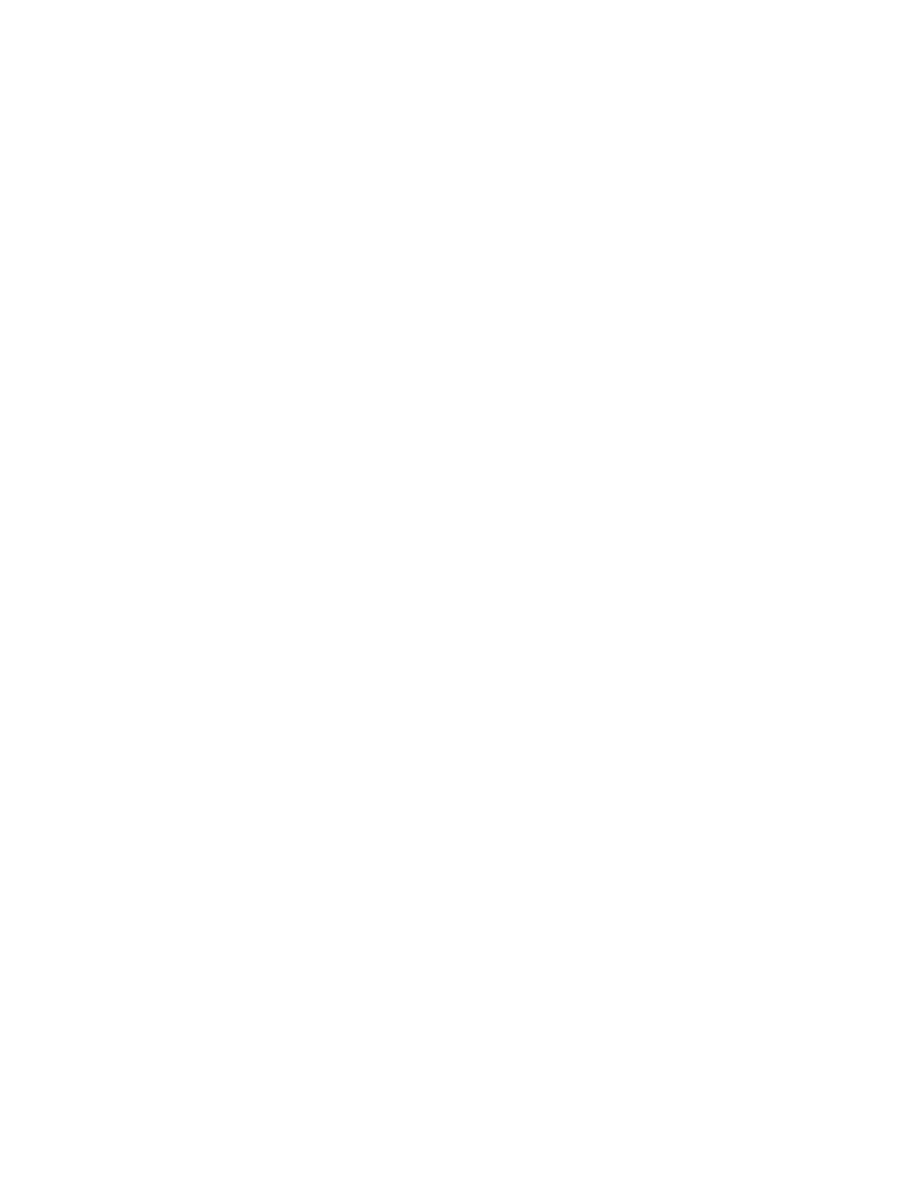
894
14 CFR Ch. I (1–1–19 Edition)
Pt. 187, App. A
(b) These rates are based on aviation safety
inspector time rather than calculating a sep-
arate rate for managerial or clerical time be-
cause the inspector is the individual per-
forming the actual service. Charging for in-
spector time, while building in all costs into
the rate base, provides for efficient cost re-
covery and time management.
(c) The hourly billing rate has been deter-
mined by using the annual operations budget
of the Flight Standards Service. The budget
is comprised of the following:
(1) Personnel compensation and benefits,
budget code series 1100 (excluding codes 1151
and 1152—overtime, Sunday and holiday
pay), 1200, and 1300.
(2) Travel and transportation of persons,
budget code series 2100 (excluding code 2100—
site visit travel).
(3) Transportation of things, budget code
series 2200.
(4) Rental, communications, utilities,
budget code series 2300.
(5) Printing and reproduction, budget code
series 2400.
(6) Contractual services, budget code series
2500.
(7) Supplies and materials, budget code se-
ries 2600.
(8) Equipment, budget code series 3100.
(9) Lands and structures, budget code se-
ries 3200.
(10) Insurance claims and indemnities,
budget code series 4200.
(d) In order to recover overhead costs at-
tributable to the budget, all costs other than
direct inspector transportation and subsist-
ence, overtime, and Sunday/holiday costs,
are assigned to the number of inspector posi-
tions. An hourly cost per inspector is devel-
oped by dividing the annual Flight Stand-
ards Operations Budget, excluding the items
enumerated above, by the number of avia-
tion safety inspections (OMB position series
1825) on board at the beginning of the fiscal
year, to determine the annual cost of an
aviation safety inspector. This annual cost
of an aviation safety inspector is divided by
2,087 hours, which is the annual paid hours of
a U.S. Federal Government employee. This
result in the hourly government paid cost of
an aviation safety inspector.
(e) To ensure that the hourly inspector
cost represents a billing rate that ensures
full recovery of costs, the hourly cost per in-
spector must be multiplied by an indirect
work factor to determine the hourly inspec-
tor billing rate. This is necessary for the fol-
lowing reasons:
(1) Inspectors spend a significant amount
of time in indirect work to support their in-
spection activities, much of which cannot be
allocated to any one client.
(2) Not all 2,087 annual paid hours are
available as work hours because training,
providing technical assistance, leave, and
other indirect work activities reduce the
work time that may be directly billed. Con-
sequently, the hourly cost per inspector
must be adjusted upwards by an indirect
work factor. The calculation of an indirect
work factor is discussed in paragraph (f) of
this appendix.
(f)(1) The indirect work factor is deter-
mined using the following formula:
1
1
1
+
+
=
∑
a
b
i
k
(
)
indirect work factor
where:
a = indirect work rate, and
b = leave usage (total leave hours divided by
total hours available for work.
(2) The components of the formula are de-
rived as follows:
(i)
a = indirect work rate.
Indirect work rate
is take from the Flight Standards Staffing
Standard Order and is used to project the
amount of time an aviation safety inspector
spends in indirect activities, as opposed to
certification and surveillance work. The in-
direct work activities are:
(A) Development of master minimum
equipment lists on Flight Operations Evalua-
tion Board.
(B) Development of aircraft training docu-
ments on Flight Standardization Board.
(C) Development of Maintenance program
documents on Maintenance Review Board.
(D) Providing technical assistance.
(E) Assisting legal counsel.
(F) Evaluation of technical documents.
(G) Leave (all types).
(H) Training.
(I) Administrative time.
(J) Travel for indirect work.
(ii)
b = leave usage (total leave hours divided
by total hours available for work).
This is com-
puted by using OMB guidelines of 280 average
annual leave hours and 1,800 average annual
hours available for work for computer man-
power requirements.
(g) The hourly inspector cost, when multi-
plied by the indirect work factor, yields the
hourly inspector billing rate and ensures full
cost recovery by incorporating the total
VerDate Sep<11>2014
08:20 May 17, 2019
Jkt 247048
PO 00000
Frm 00904
Fmt 8010
Sfmt 8002
Y:\SGML\247048.XXX
247048
ER19AP95.000</MATH>